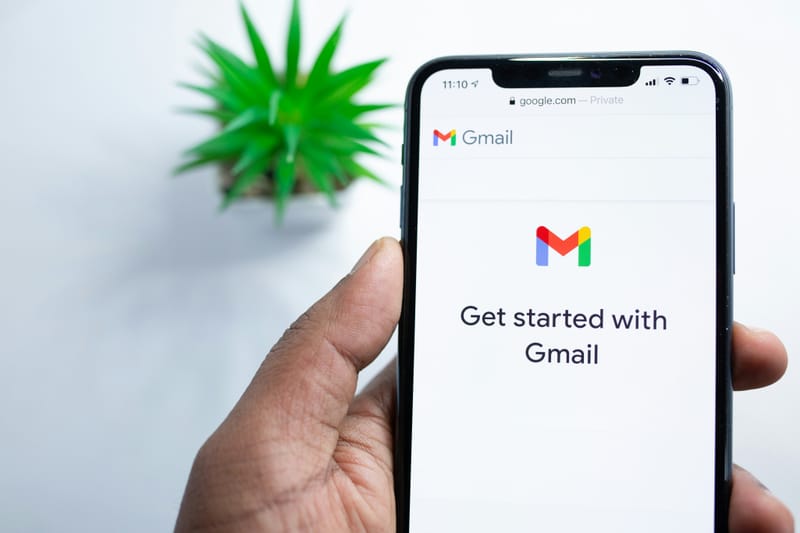The Ultimate Guide to Email List Cleaning and Maintenance
Email list cleaning and maintenance are crucial for the success of any email marketing campaign. This comprehensive guide delves into the best practices for keeping your email list healthy, engaged, and performing at its peak. We'll explore various list hygiene techniques, strategies for re-engaging inactive subscribers, and tools to help you identify and remove unresponsive contacts. By implementing these methods, you'll improve your overall email performance, increase deliverability rates, and enhance the effectiveness of your marketing efforts. Whether you're a seasoned email marketer or just starting out, this guide will provide valuable insights to help you maintain a clean and productive email list.Table of Contents:

The Importance of Email List Cleaning
Maintaining a clean email list is crucial for the success of your email marketing campaigns. A cluttered list filled with inactive or invalid email addresses can lead to poor engagement rates, decreased deliverability, and potential damage to your sender reputation. Regular list cleaning helps you maintain a high-quality subscriber base, ensuring your messages reach interested and engaged recipients. This, in turn, leads to improved open rates, click-through rates, and overall campaign performance. By focusing on list hygiene, you can optimize your email marketing efforts and achieve better results with a smaller, more targeted audience. Do you need a website? Want to build a website but don't know where to start? Our website builder is the perfect solution. Easy to use, and with the ability to customize to fit your business needs, you can have a professional website in no time.
Identifying Inactive Subscribers
The first step in email list cleaning is identifying inactive subscribers. These are individuals who haven't opened or engaged with your emails for an extended period. To identify them:1. Set a timeframe for inactivity (e.g., 6 months or 1 year)
2. Use your email marketing platform's analytics to track open rates and click-through rates
3. Create segments based on engagement levels
4. Look for patterns in subscriber behavior
By pinpointing inactive subscribers, you can take appropriate action to either re-engage them or remove them from your list, ensuring your campaigns are targeted at those most likely to respond.
Re-engagement Campaigns
Before removing inactive subscribers, it's worth attempting to re-engage them through targeted campaigns. Here are some effective strategies:1. Send a 'We Miss You' email with a special offer
2. Ask for feedback on why they've become inactive
3. Provide a preference center to update email frequencies
4. Remind them of the benefits of being on your list
5. Use attention-grabbing subject lines to pique interest
Give subscribers a clear option to unsubscribe if they're no longer interested. This approach helps you retain valuable contacts while respecting those who wish to opt-out, maintaining a positive brand image and complying with email regulations.
Building a website with SITE123 is easy
Removing Unresponsive Subscribers
If re-engagement efforts fail, it's time to remove unresponsive subscribers from your list. This process, while potentially reducing your overall list size, ultimately improves the quality and effectiveness of your email campaigns. To remove unresponsive subscribers:1. Set a final cut-off point for engagement (e.g., no activity in the last 12 months)
2. Send a final 'last chance' email
3. Use your email marketing platform's list management tools to remove inactive contacts
4. Keep a record of removed subscribers for future reference
Remember, a smaller, more engaged list is far more valuable than a large, unresponsive one. By focusing on quality over quantity, you'll see improved campaign performance and better ROI.
Handling Bounces and Invalid Addresses
Bounced emails and invalid addresses can significantly impact your deliverability rates and sender reputation. It's crucial to handle these issues promptly:1. Remove hard bounces immediately (permanent delivery failures)
2. Monitor soft bounces (temporary delivery issues) and remove after multiple failed attempts
3. Use email verification tools to identify and remove invalid addresses
4. Implement double opt-in to ensure new subscribers provide valid email addresses
5. Regularly update your list to remove outdated or misspelled email addresses
By maintaining a clean list free of bounces and invalid addresses, you'll improve your overall email deliverability and maintain a positive sender reputation with ISPs.
Tools for Email List Cleaning
Several tools can assist in the email list cleaning process, making it more efficient and effective. Some popular options include:1. Email verification services that check the validity of email addresses
2. List cleaning software that identifies and removes inactive subscribers
3. Email deliverability tools that monitor and improve your sender reputation
4. Email marketing platforms with built-in list management features
5. Data enrichment tools to update and enhance subscriber information
When choosing a tool, consider factors such as integration capabilities, pricing, and the specific features that align with your email marketing goals. Implementing the right tools can streamline your list cleaning process and improve overall campaign performance.
Best Practices for Ongoing List Maintenance
To keep your email list healthy in the long term, implement these best practices:1. Regularly clean your list (at least quarterly)
2. Use segmentation to target subscribers based on interests and behavior
3. Implement preference centers to allow subscribers to manage their settings
4. Monitor engagement metrics and adjust your strategy accordingly
5. Use automation to trigger re-engagement campaigns
6. Maintain consistent sending frequency to set subscriber expectations
7. Continuously optimize your signup process to attract quality subscribers
By making list maintenance an ongoing priority, you'll ensure your email marketing efforts remain effective and continue to drive results for your business.





